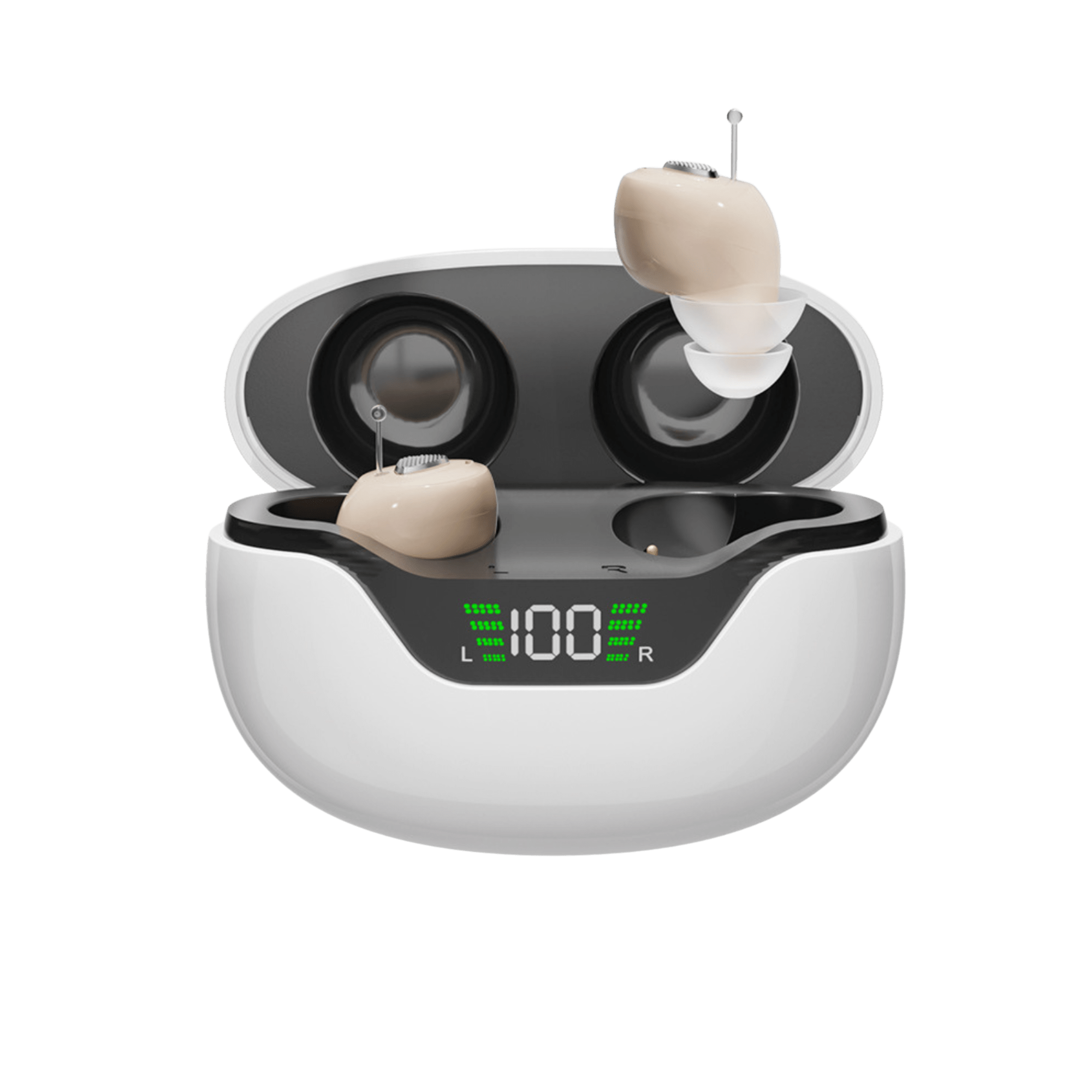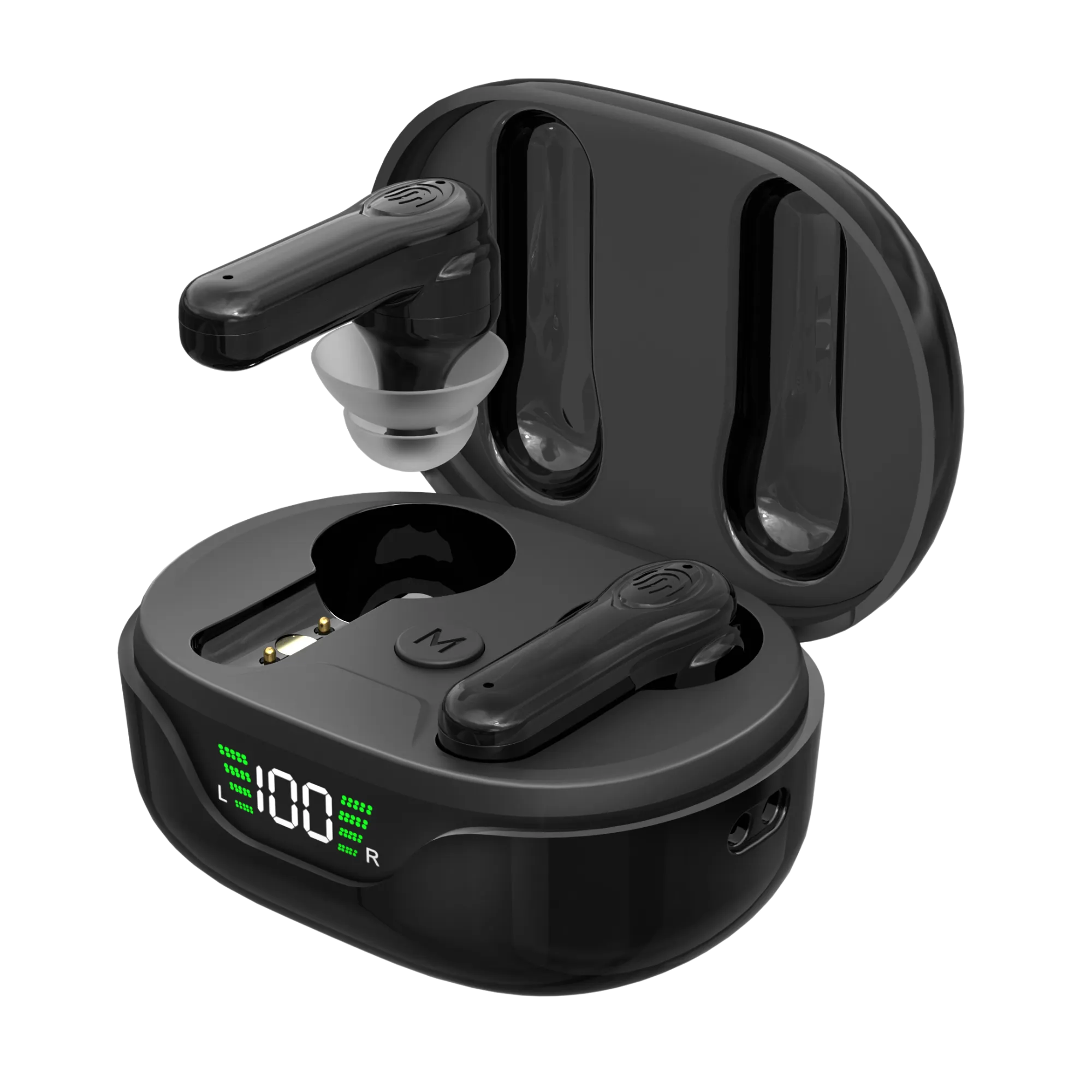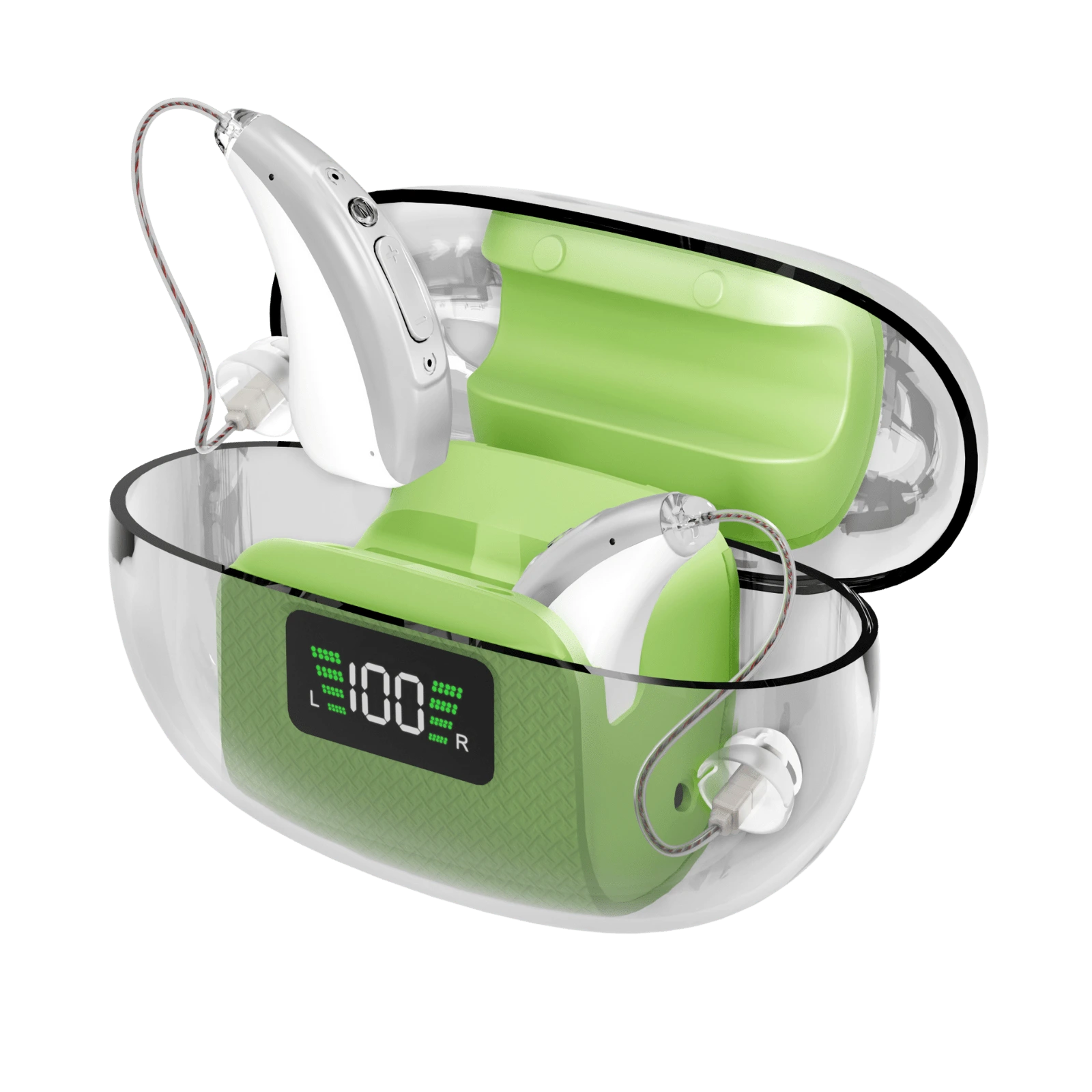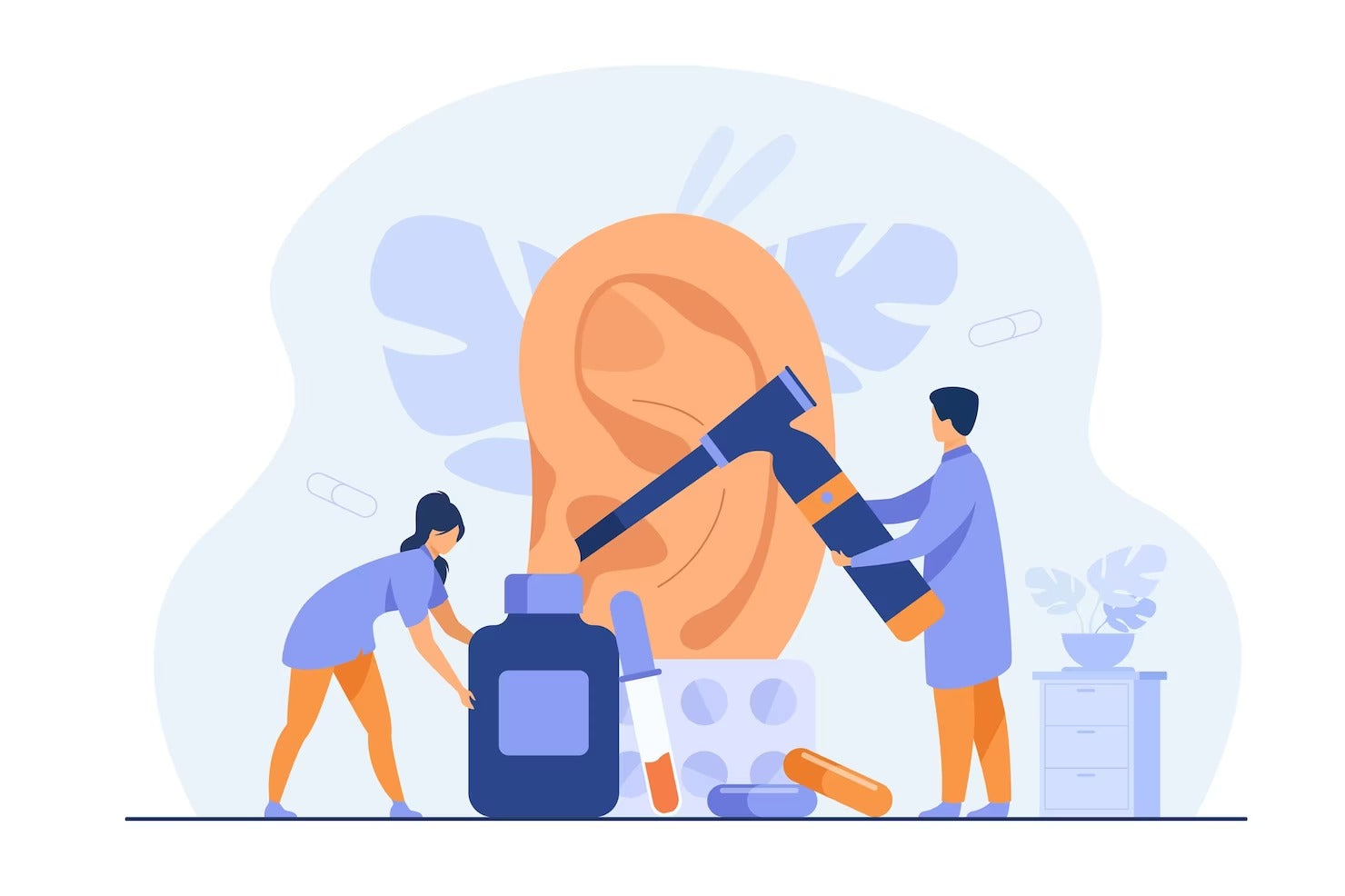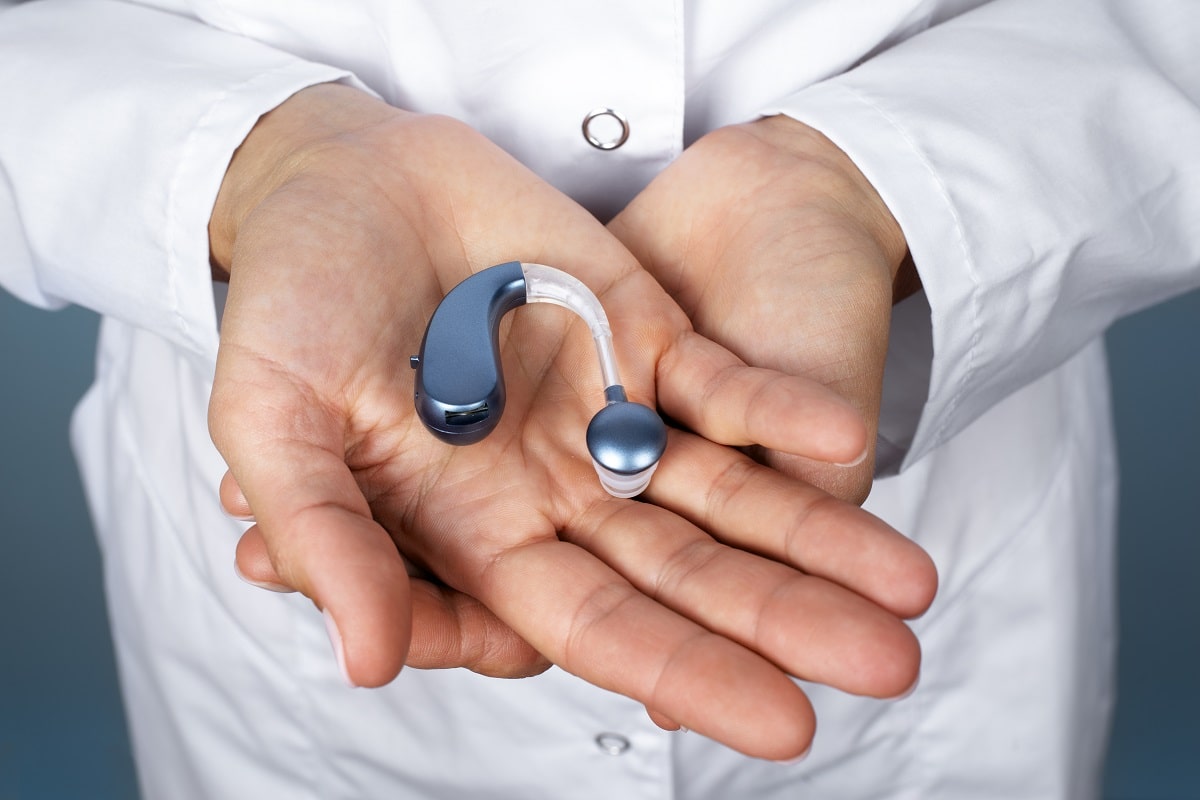Introduction
Dealing with hearing loss can be overwhelming, especially if you're uninsured or haven't had a professional hearing test. But in 2025, options like over-the-counter (OTC) hearing aids make it easier and more affordable than ever. This comprehensive guide covers everything from buying without insurance to daily use, drawing on the latest FDA regulations and expert recommendations. Whether you're a beginner or just exploring, you'll find practical steps to enhance your hearing and quality of life.
Part 1: How to Acquire Hearing Aids Without Insurance
Hearing aids can cost $1,000-$6,000 per pair, but without insurance, smart strategies can slash expenses. Here's a roadmap to affordable options:
- OTC Hearing Aids: Since the FDA's 2022 rule (still in effect in 2025), adults with mild-to-moderate hearing loss can buy OTC devices without a prescription. Prices start at $199 (e.g., Panda Ultra II) and go up to $1,500 for premium models like Panda Supreme. Shop at retailers like Walmart, Amazon, or directly from manufacturers like Panda Hearing-no exam needed.
- Financing Programs: Spread costs with 0% interest plans. CareCredit offers flexible payments for hearing care, covering devices and batteries (apply online; subject to approval). PayPal Credit provides 6 months interest-free on purchases over $99. Manufacturers like Starkey and Audibel offer in-house installment plans with low monthly deductions from your bank account.
- Nonprofits and Assistance: Organizations like the Hearing Loss Association of America (HLAA) provide financial aid directories for low-income individuals. AARP Hearing Solutions offers discounts on OTC devices for members. Check state programs or HSAs/FSAs, which cover hearing aids as medical expenses.
- Tips for Savings: Compare prices online, look for bundles with batteries, and buy during sales (e.g., Black Friday). Avoid unnecessary add-ons if your loss is mild.
Part 2: Navigating the Hearing Aid Market and Choosing the Right Device
With dozens of options, selecting the best fit depends on your lifestyle, hearing needs, and budget. Here's an overview of types, pros/cons, and top 2025 picks.
Types of Hearing Aids
| Hearing Aid Type | Pros | Cons | Best For | Price Range (2025) |
|---|---|---|---|---|
| Behind-the-Ear (BTE) | Powerful amplification, long battery life, easy to clean | More visible, can feel bulky | Moderate-to-severe loss, active users | $200-$2,000 |
| Receiver-in-Canal (RIC) | Discreet, natural sound, customizable | Prone to earwax buildup | Mild-to-moderate loss | $300-$1,500 |
| In-the-Ear (ITE) | Custom fit, good for glasses wearers | Shorter battery life | Mild loss | $400-$1,200 |
| Completely-in-Canal (CIC) | Invisible, reduces wind noise | Hard to handle for dexterity issues | Mild loss, discreet needs | $500-$1,500 |
| OTC Models (e.g., Self-Fitting) | Affordable, app-based tuning, no Rx | Basic features, not for severe loss | Beginners, mild loss | $199-$1,100 |
Top OTC Recommendations for 2025
- Best Overall: Panda Elite - Excellent sound quality, long battery life (up to 15 hours without streaming, 10 hours with), and app controls for $899/pair.
- Best Budget: Panda Advanced III - $299, solid for mild loss with Bluetooth.
- Best Invisible: Panda Ultra II - In-ear design, advanced features for $299.
- Best for Clarity: Panda Supreme - Behind-the-ear, great for conversations, around $1,100.
Selection Tips: Assess your hearing via free online tests (e.g., from Mayo Clinic). Prioritize Bluetooth for streaming, water resistance for outdoors, and return policies (most offer 45-60 days).
Part 3: Adjusting to Life with Hearing Aids: Tips and Strategies
Transitioning takes 2-4 weeks as your brain adapts. Common issues include feedback (whistling) or discomfort-here's how to handle them:
- Start Slow: Wear for 1-2 hours daily in quiet settings, gradually increasing.
- Manage Feedback: Clean devices regularly; use apps to adjust volume.
- Comfort Tricks: Apply lubricant for in-ear models; choose open-fit designs to avoid "plugged" feeling.
- Auditory Training: Apps like LACE help retrain your brain for clearer speech.
- Pro Tip: Join support groups on Reddit's r/HearingAids for real-user advice.
Part 4: Maximizing Your Hearing Aid's Potential: Maintenance and Care
Proper upkeep extends life to 5-7 years. Follow these best practices:
- Daily Cleaning: Wipe with a soft cloth; use dehumidifiers overnight.
- Battery Care: Rechargeables last 20-30 hours; replace disposables weekly.
- Storage: Keep in a dry case away from heat/moisture.
- Troubleshooting: If issues arise, reset via app or contact support (many offer free tele-audiology).
- Visual Aid Suggestion: Imagine an infographic showing "Step-by-Step Cleaning Guide" with icons for brush, wipe, and store.
Part 5: The Role of Hearing Tests: What to Expect
While optional for OTC, a test provides precise data on loss type (e.g., high-frequency). It involves tones in a sound booth, taking 30-60 minutes. Benefits: Custom programming for better results. Get one free at clinics like Costco or via apps for baselines.
Part 6: Embracing Hearing Aids Without a Test
No test? No problem-OTC aids are designed for self-perceived mild-moderate loss. Calibrate using companion apps (e.g., Panda's Hearing App). Start with basic models; upgrade if needed. FDA limits ensure safety (max 111 dB output).
FAQs
- Can I return OTC hearing aids? Yes, most have 30-60 day trials.
- Are OTC as good as prescription? For mild loss, yes-but severe cases need pros.
- How do I know my hearing loss level? Use free online screeners from reputable sites.
- What's new in 2025? More app integrations and AI tuning for personalized sound.
Conclusion
Buying and using hearing aids without insurance or a test is achievable in 2025, thanks to OTC advancements and financing. Equip yourself with these tips, and you'll hear the world more clearly. Consult a professional if symptoms worsen, and remember: Better hearing starts with one step. For more, subscribe to our newsletter for updates!

